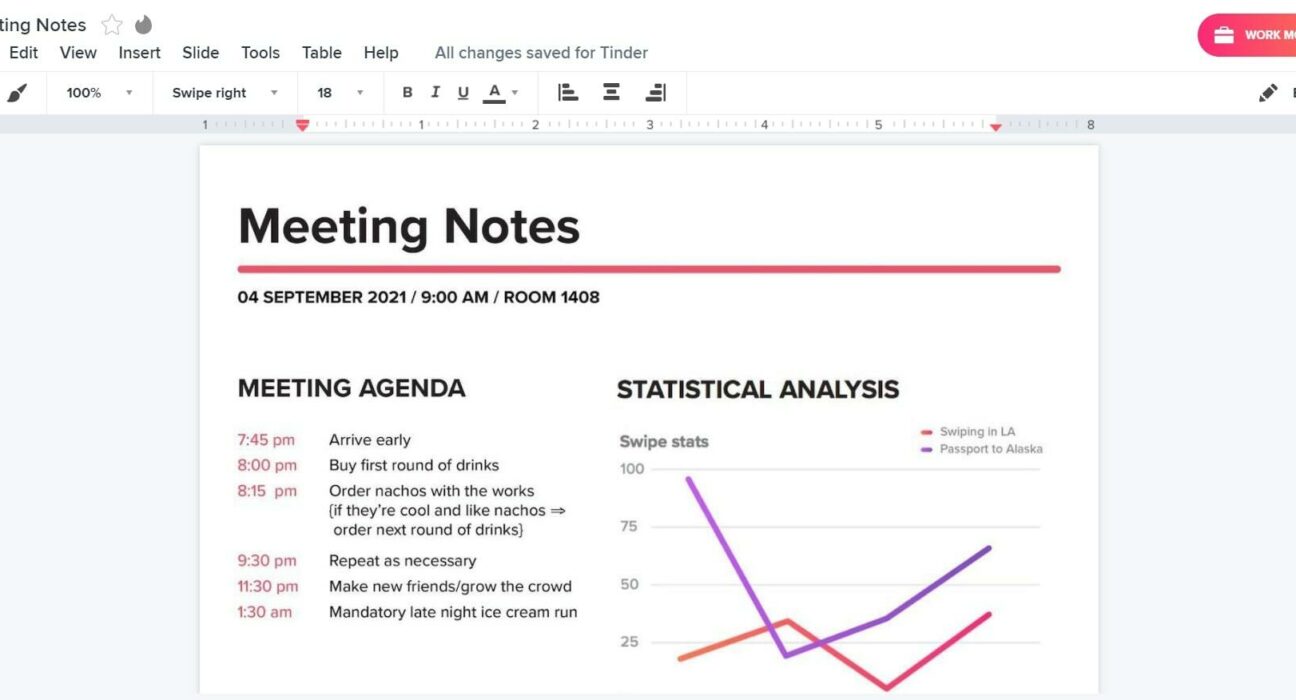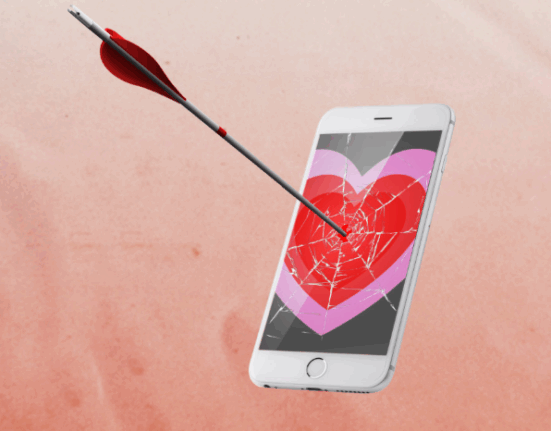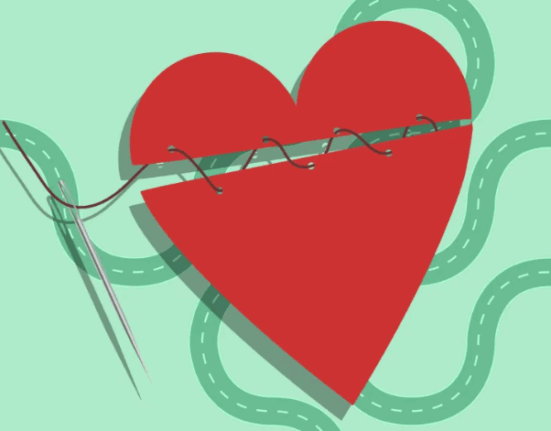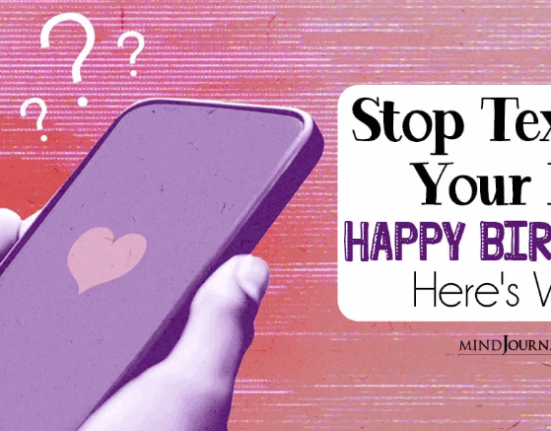Last Updated on September 24, 2021 by Rachel Hall
There are a few things most people do but don’t admit to. A lot of people speed, jaywalk, check their ex’s Instagram, pee in the shower and have picked their nose in public once or twice. Popped an experimental finger up their asshole. Honked their own boob. Wanted to tell their friend that they’ve been talking for a very long time about a boring subject. Everyone, without exception, has checked their phone at work
Now the morality of this is difficult to pin down because people work different jobs. I wouldn’t want the person performing open-heart surgery on me to send a meme to her friends mid-procedure, but I don’t mind if my barrister sends a text to his dad during a quiet period. Everyone is going to have different views on the subject, but again, this is something that everyone has done. We can quibble over the morality of this, but at some stage everyone becomes a hypocrite.
Tinder’s ‘work mode’- it’s much easier
Of course, some people rather like embracing their naughty side. In fact, it’s so popular that whole organisations and even companies band together to organise a little rule-breaking. The latest is Tinder. Tinder has certainly done a lot since it was founded to destigmatise casual sex and make it more convenient and socially acceptable. Now they’ve moved onto allowing their users to break the rules at work, too, with a new feature called ‘work mode’.
Now lots of people on Tinder use it exclusively on their phones. It’s more convenient and discrete that way. But apparently, some people like to switch it over to a computer. I can’t claim to understand the appeal. With Tinder’s ‘work mode’, it’s much easier to use the screen on your desk and avoid looking at your phone, and if a supervisor walks past you can click on a little briefcase icon and it’ll look like you’re actually working on a fake app called ‘meeting minute’.

Let’s work through a few issues here. Firstly, if your computer use is monitored, your workplace will already know that you’re on Tinder. That isn’t protected. Secondly, pretty soon every boss will become aware that ‘meeting minute’ is a fake app and that any employees using it are in fact, on Tinder.
And finally… the whole thing seems pretty pointless, really. Most websites, apps and computer programs can be exited quite quickly in an emergency. Tap on a different tab, or minimise windows, or just click on the little ‘x’ in the corner and you can achieve exactly the same thing. So really, why bother?
Using Tinder at work
There is a pretty funny part of this, though, where Tinder’s ‘work mode’ will pull up an official looking document but, on closer inspection, it’s full of graphs and tables relating to your sex life. You can update information about matches, plan ‘agendas’ and much more. It might look faux-professional but, obviously, it isn’t.
A review for Her surmises that the whole thing is hilarious, and to be honest, I don’t disagree. I can imagine joking with a work friend about ‘increased productivity’, but we both know that really, all this means is we’ve managed to avoid ghosting for two weeks and we’re confident that ‘after work drinks’ will turn into ‘Netflix and chill’ pretty soon.
The whole thing seems very strange, really. Tinder employs 750 people and, presumably, wants them to actually work during office hours. Doesn’t this set a bad example for them? It seems to equate use of Tinder with unprofessionalism and slacking off. Sure, we all know that people check Instagram at work, but that’s an inconvenience and not something that anyone really wants to encourage.
Overall, I’ve got to assume that this is something most bored office workers will use once and then discard. Using Tinder at work might titillate users or help them get through a boring Wednesday afternoon, but after a while they’ll either get caught and have to deal with the outcome or realise that it’s just not worth the risk regery.com. Perhaps it’s better to stick to ten-minute toilet breaks where you can scroll and wee at the same time, and hope that your matches never find out.

Rachel Hall, M.A., completed her education in English at the University of Pennsylvania and received her master’s degree in family therapy from Northern Washington University. She has been actively involved in the treatment of anxiety disorders, depression, OCD, and coping with life changes and traumatic events for both families and individual clients for over a decade. Her areas of expertise include narrative therapy, cognitive behavioral therapy, and therapy for traumatic cases. In addition, Rachel conducts workshops focusing on the psychology of positive thinking and coping skills for both parents and teens. She has also authored numerous articles on the topics of mental health, stress, family dynamics and parenting.














Leave feedback about this